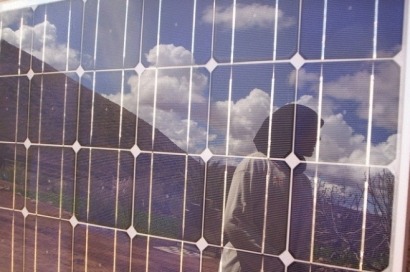
Solar PV continued its remarkable growth trend in 2011, even in the midst of a financial and economic crisis and even as the PV industry was enduring a period of consolidation. As they have for the past decade, PV markets again grew faster than anyone had expected both in Europe and around the world.
According to EPIA’s latest report “Global Market Outlook for Photovoltaics Until 2016,” 29.7 GW of PV systems were connected to the grid in 2011, up from 16.8 GW in 2010; in terms of installed systems the estimated numbers are a minimum of 24.7 GW in 2011, up from a maximum of 21.8 GW in 2010
With approximately 70 GW cumulative global installations, PV is now, after hydro and wind power, the third most important renewable energy source in terms of globally installed capacity
21.9 GW were connected to the grid in Europe in 2011, compared to 13.4 GW in 2010; Europe still accounts for the predominant share of the global PV market, with 75% of all new capacity in 2011
Italy was the top market for the year, with 9.3 GW connected, followed by Germany with 7.5 GW; Italy and Germany accounted for nearly 60% of global market growth during the past year
China was the top non-European PV market in 2011, with 2.2 GW installed, followed by USA with 1.9 GW
Such a rapid growth rate cannot be expected to last forever, however. “The PV industry is now weathering a period of uncertainty in the short-term,” explains Dr. Winfried Hoffmann, EPIA’s President. “But over the medium- and long-terms the prospects for continued robust growth are good. The results of 2011 – and indeed the outlook for the next several years – show that under the right policy conditions PV can continue its progress towards competitiveness in key electricity markets and become a mainstream energy source.”
PV is now a significant part of Europe’s electricity mix, producing 2% of the demand in the EU and roughly 4% of peak demand. “Policy support has been crucial to getting PV to this place in its development – just as it was crucial to helping develop all other energy sources (fossil and nuclear) in the past,” says Dr. Hoffmann. “But now PV needs to demonstrate that it is on the way to becoming a mature industry, ready for the next stage of its development.”
For additional information:

